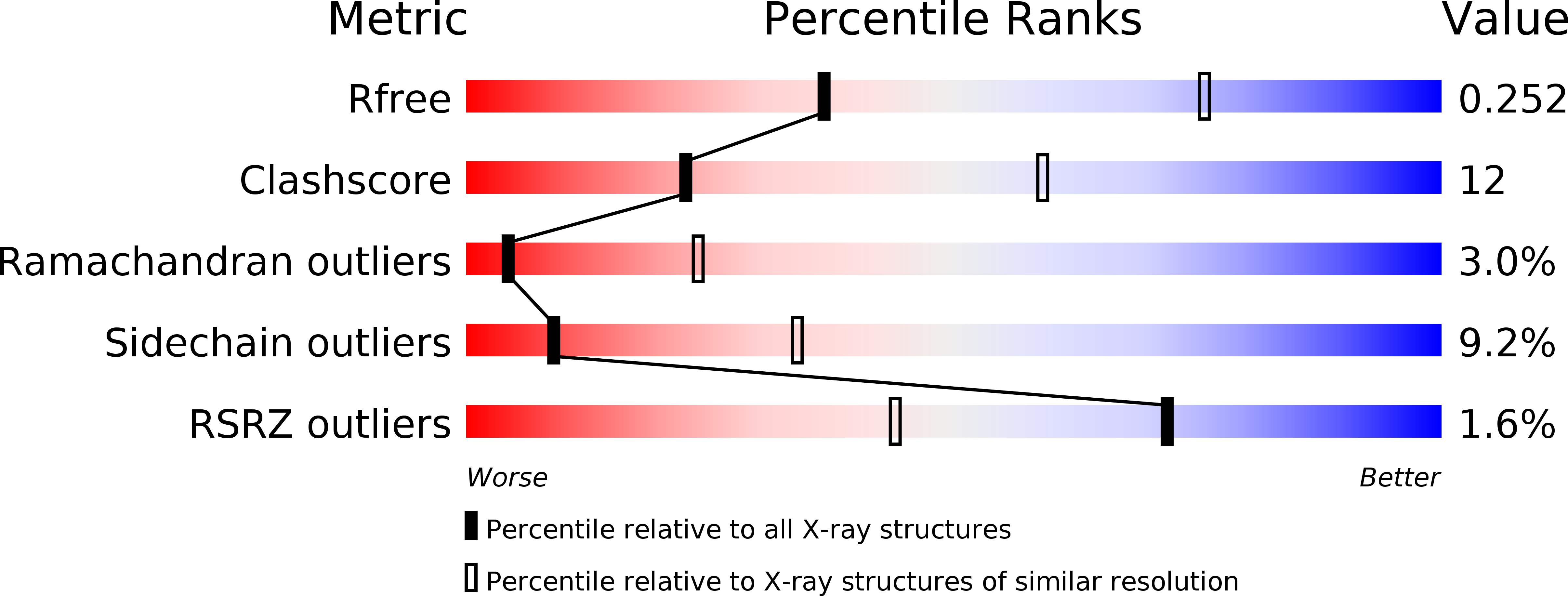
Deposition Date
2000-10-11
Release Date
2000-12-11
Last Version Date
2023-08-09
Method Details:
Experimental Method:
Resolution:
3.00 Å
R-Value Free:
0.27
R-Value Work:
0.21
Space Group:
P 61


